Content overview:
Fuel filter function and type
The way to detect the working condition of the filter
Normal service life of the filter
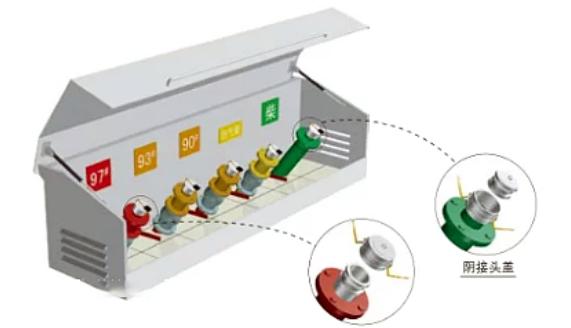
Cars have many filters, such as oil filters for engines and gearboxes, air filters for intake systems and air conditioning systems, and fuel filters for oil systems; only the engine needs these filters High-frequency replacement, the life of other hardware systems will be very long, because the working conditions are not as bad as imagined.
The problem of analyzing the fuel filter first needs to understand a set of cold knowledge. Once you understand the knowledge that subverts general cognition, you will basically no longer worry about the working conditions of the engine.
01
life span
The fuel filter filters the "impurities" in the fuel, but there are no impurities in the fuel.
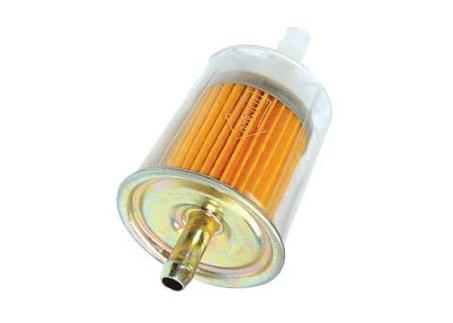
1: The fuel is transported from the oil depot to each gas station by tank trucks. After the gas station is unloaded into the oil tank of the gas station; many people think that some impurities will enter the oil tank during the unloading process, and even there will be some impurities in the oil tank. "Sand", because the discharge port must always be opened before pouring into it.
In fact, this is a misunderstanding. When unloading, the tank truck discharge pipe is connected to the discharge port of the oil station. The seal is very strict; at the same time, the first filtration is started when the oil is unloaded, which means that the unloading process will be used. To the filter (mat-type filter)。 The mesh number is within 180 meshes, and the standard can filter out 100 micron materials. At this time, there will be no impurities in the fuel including the thickness of the hair.
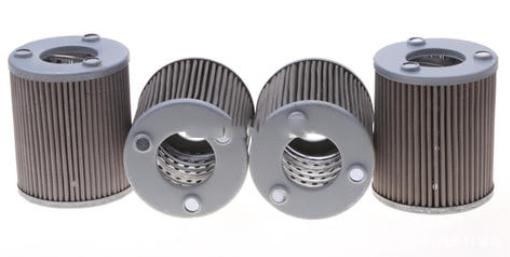
2: There are filters in the fuel dispensers, no matter gasoline or diesel; however, the composition characteristics of diesel determine that it is not suitable to use ultra-high mesh filters, so theoretically there will be more "impurities". But the filter of gasoline dispenser will use 500 mesh, and the filter standard is as high as 25 microns. What is this concept?
The so-called PM2.5 value refers to dust with a diameter of 2.5 microns suspended in the air, which means that the largest possible impurity in gasoline is only PM25; but fuel is not exposed to the air, and the impurities are actually very small. As for diesel fuel, the mesh size is slightly lower but also tens of microns, so you don't have to worry about fuel from regular petrol stations.
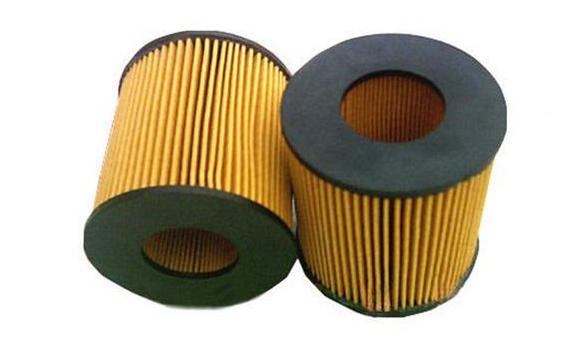
In summary, the fuel added to the fuel tank is actually clean enough, so the "burden" of the fuel filter will not be too great. Generally, a car that uses multi-point electronic injection (fuel injection system) will use a fuel filter of ≤1000 mesh, and low-pressure fuel injection of about 3.0bar does not have such high requirements for fuel quality. There is no problem with this type of filter using "≤50,000 kilometers".
In-cylinder direct injection engines mostly use 1500/2500 mesh fuel filter, and the filter standard is as high as 5 microns. It can be said that almost no dust can participate in the combustion; high-pressure direct injection will atomize the particle size of the fuel oil droplets to tens of microns Even the standard of a few microns, so it must be required that there is no dust larger than the particle size of the oil droplets in the fuel, so these cars will have such high standards. The service life of this type of fuel filter will of course be slightly shorter, but it can also be in the range of 30,000 to 50,000 kilometers.
02
Special type
The built-in fuel filter is theoretically "lifetime maintenance-free" because the replacement cost is quite high.
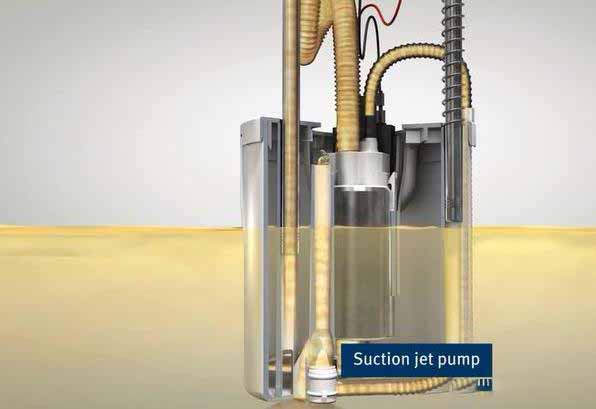
General filters are fixed in the external oil system, but some cars use built-in fuel filters; its position is integrated and fixed in a troublesome place-the oil pump! The so-called "pump" is a kind of engine that pressurizes the liquid and gas for fluid, and the motor is generally selected.
The fuel pump is fixed inside the fuel tank (bottom), pumps fuel through the motor and sends it to the fuel injector of the engine through the fuel pipe; when the fuel injector is closed, it continues to input, pressurized in a compressed state, and the moment the fuel injector is opened The use of high-pressure injection of fuel is the concept of an electronic injection system. However, the oil pump always integrates another function, and if a filter is added, there are two.
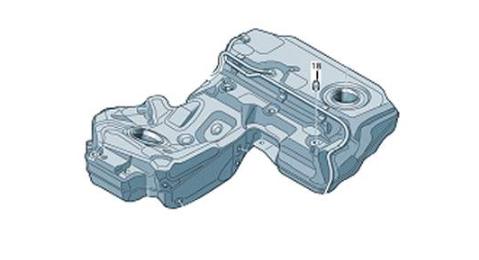
Additional features:
liquid level indicator
Fuel filter
The reason why the instrument panel can display the remaining oil (not accurate enough) depends on the oil float in the oil pump. The resistance of the connecting rod is adjusted by the height change of the liquid level, and the remaining oil can be calculated by the electrical signal. However, because the shape of the fuel tank is often larger in the upper part and narrower in the lower part, the remaining half tank of oil will appear to be intolerant of burning, in fact, the capacity is smaller.
The built-in filter is also integrated in the oil pump, often on the top of the oil pump; this kind of filter will be very troublesome to replace, because the rear seat and the oil pump have to be removed, and then the filter can be replaced. . This design is really meaningless, but it can increase the "man-hour cost", which may be a good design for the repair shop.
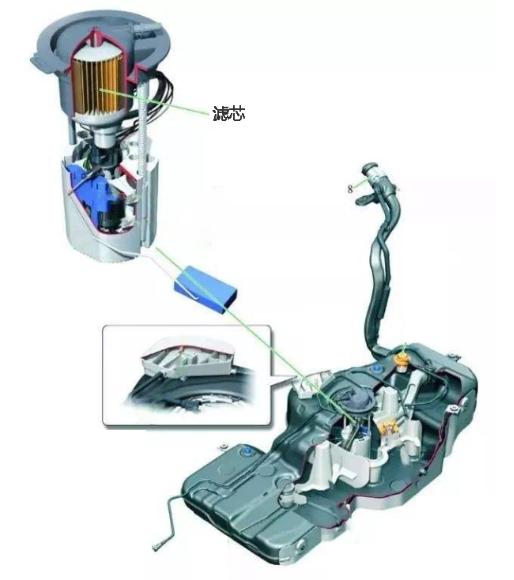
However, the built-in fuel filter is still not well accepted by consumers, and European cars are good at using these weird designs; therefore, in order to reduce the cost of the car, the filter element has been strengthened. Generally, the built-in fuel filter can be maintenance-free. If regular replacement is required, the theoretical cycle should be longer than that of an external filter. Close to 100,000 kilometers is a reasonable standard.
The external filter will be in the oil circuit that can be seen directly on the chassis, and the technical difficulty of disassembly and replacement is not high; therefore, the replacement process will not be repeated. As a car user, there is another knowledge point that needs to be understood: how to judge the fuel. Whether the filter is clogged, there are generally two ways.
Simple way: The automobile's oil pipe is made of synthetic rubber and can be squeezed flat by hand; then, when the engine is started, the oil pipe is squeezed flat, and then loosened and expanded through the oil pipe to determine the approximate standard of oil pressure. Fast rebound is often the oil pressure is normal, otherwise there may be clogging, of course, this method requires a lot of experience.
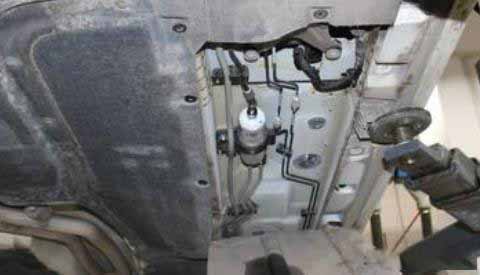
Formal method: use a pressure gauge to detect. The oil pressure gauge can be connected in series in the oil circuit. After removing the oil pipe and connecting at both ends, adjust the start switch to the "ON gear". At this time, the oil pump will start to run and deliver oil to the injector. The static oil pressure standards of different vehicles are fixed, basically around 0.3Mpa. If this standard can still be reached, the fuel filter can continue to be used even if it has been used for 50,000 kilometers.
That’s all about the fuel filter replacement cycle and detection methods. The routine maintenance of a car actually only needs to pay attention to the replacement of the oil and the filter, as well as the replacement or cleaning of the air filter and the air-conditioning filter. Two paper filter elements can actually be used for 20,000 kilometers.
Finally, here is an important point of knowledge: the replacement cycle of the gearbox filter! Ordinary manual gearboxes do not have filters, but some heavy-duty passenger cars and trucks MT gearboxes still have filter elements, and of course automatic transmissions do.
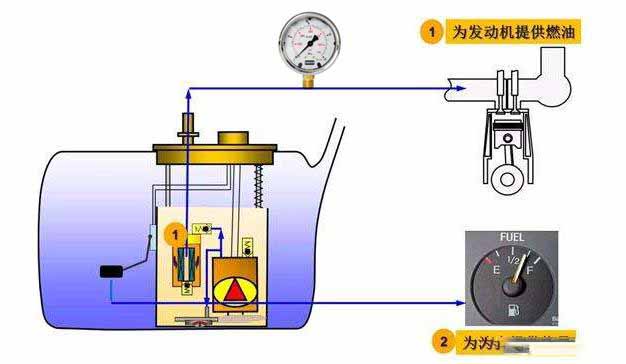
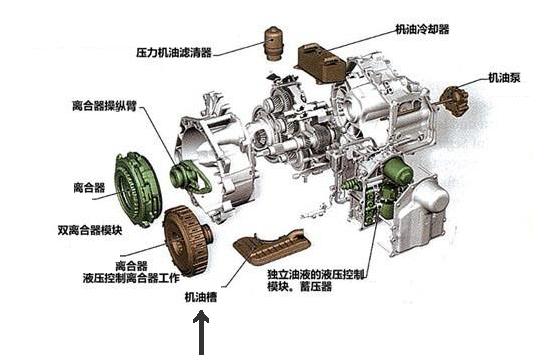
The replacement of the filter should coincide with the time rule of replacing the oil. Simply changing the oil cannot clean up worn metal chips. These debris will also affect the working condition of the engine during the cycle of the new oil, especially if the ATF oil is used as a Automatic gearbox with transmission oil. Therefore, it is necessary to change the transmission oil every 60/80,000 kilometers in automatic transmission cars. Pay attention to changing the filter when changing. The replacement of the filter can also completely drain the oil, and the effect is more effective than the cycle of wear. The oil change method is more ideal.










